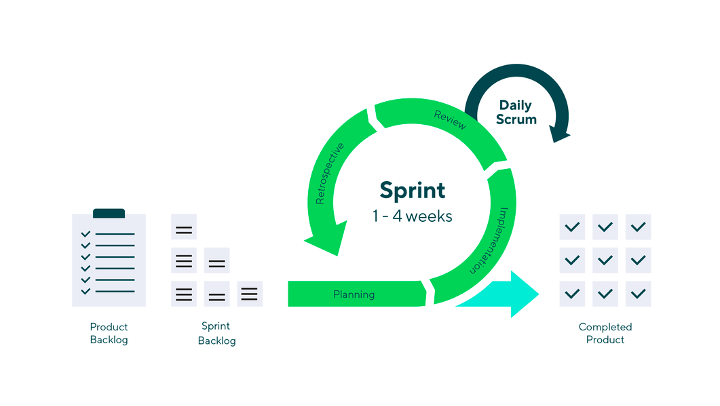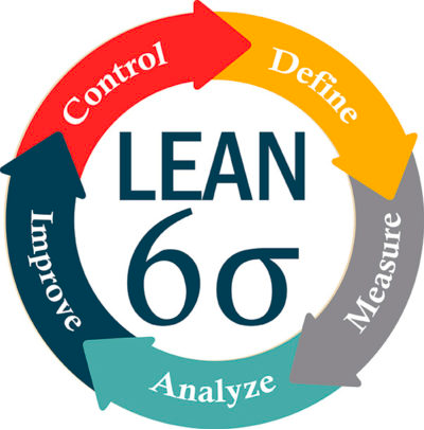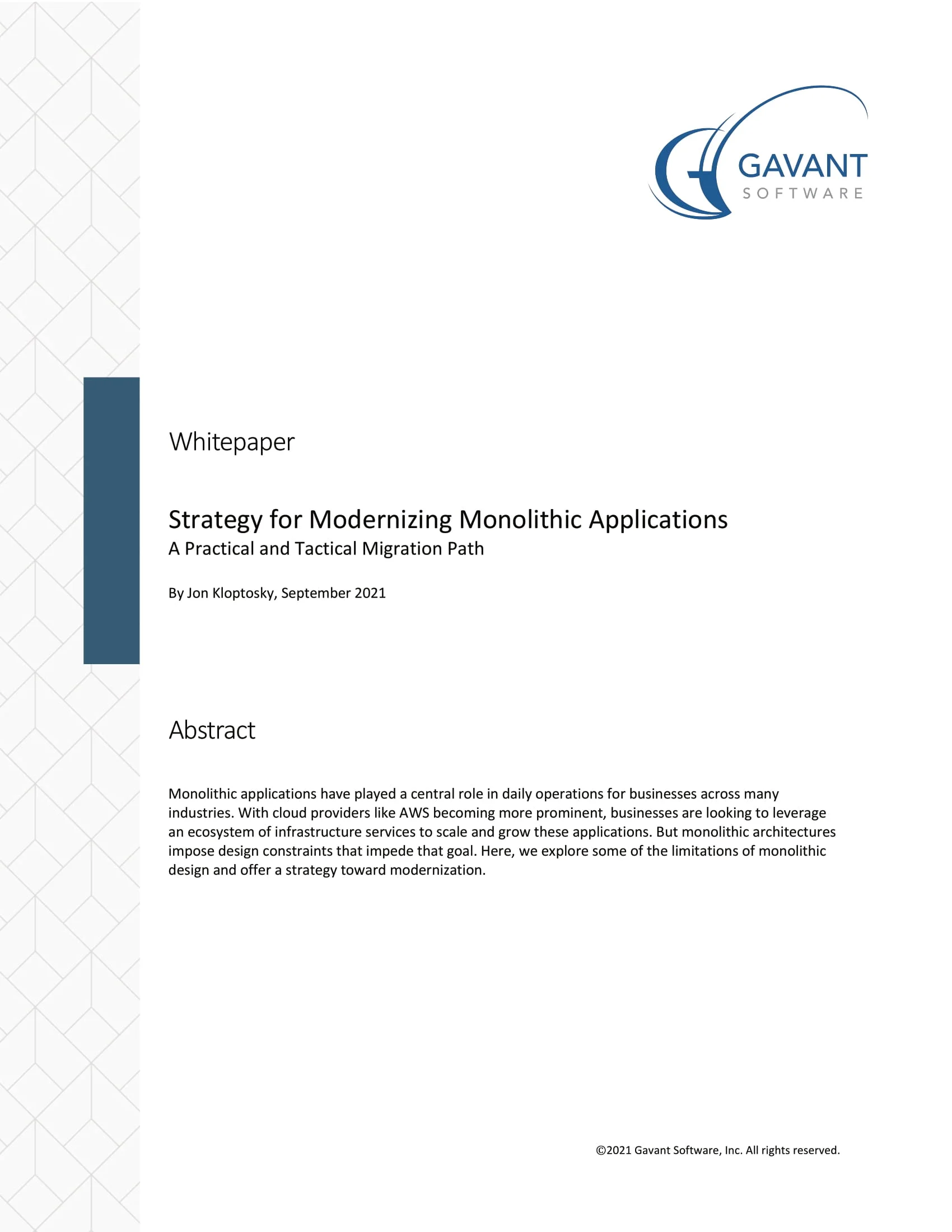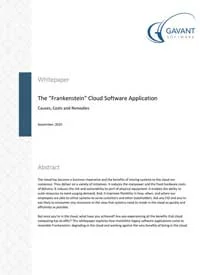Have You Been Doing Agile All Wrong?
Over the last 10 years the word “agile” has cropped up across numerous organizations in almost every industry. It’s a buzzword that seems synonymous with “modern” and “cutting edge”. But what exactly is agile? What does it mean and why is it so sought after? In order to understand agile, we need to look back to its humble beginnings.
What is Agile?
In 2001, a group of 17 like-minded software developers met at a ski lodge to develop a set of common values by which to work. Thus, the Agile Manifesto was born:
We are uncovering better ways of developing software by doing it and helping others do it. Through this work we have come to value:
– Individuals and interactions over processes and tools
– Working software over comprehensive documentation
– Customer collaboration over contract negotiation
– Responding to change over following a planThat is, while there is value in the items on the right, we value the items on the left more.”
While the Agile Manifesto was meant to address the needs of the software industry, it became clear that the principles it set forth had value beyond that discipline, for all types of organizations to respond to change in today’s fast-paced, customer driven environment.
Common Agile Methodologies
When an organization looks to become agile, they generally choose to employ one of several common methodologies. Two very popular choices are SCRUM and Lean Six Sigma. Both of these methodologies have multiple certifications associated with them which are highly sought after by employees and employers alike. Let’s briefly examine each.
SCRUM

The term “scrum” is borrowed from rugby, which is fitting because it focuses heavily on team. Each team has at minimum: developers, a scrum master, and a product owner. Teams are said to be self-organizing, that is, they have the autonomy to decide how to best accomplish their work from within the team rather than direction from another part of their organization. Scrum teams deliver software or some other product continuously over time-boxed iterations called sprints. Each sprint has associated ceremonies:
- The daily standup – a daily meeting of 15 minutes or less to discuss work completed the previous day, work to be completed for the current day and any blockers to completing that work.
- Sprint planning – an hours-long meeting at the beginning of each sprint to break down tasks and agree upon the work to be completed within the sprint.
- Sprint retrospective – a meeting at the end of each sprint for the team to discuss what went well during the sprint, what did not work, and any changes that can be applied to future sprints to improve the process.
The scrum master is responsible for these ceremonies and facilitating the scrum methodology within the team.
Lean Six Sigma

Like scrum, Lean Six Sigma also focuses on the team, but the emphasis is on reducing waste and streamlining process as the road to continuous improvement. It combines two traditional methodologies from manufacturing – Lean and Six Sigma. Lean Six Sigma identifies eight types of waste, represented by the mnemonic “DOWNTIME”.
• Defects
• Over-production
• Waiting
• Non-used talent
• Transportation
• Inventory
• Motion
• Extra Processing
While it’s easy to see how this methodology appeals to the manufacturing industry, many other types of organizations have recognized the benefits of eliminating waste to make steady and continuous progress.
When Agile Breaks Down
The methodologies outlined above, and other popular methodologies, have many benefits. They allow teams to work autonomously, regularly evaluate their processes, and deliver products continuously. They tend, however, to fall short in two key principles laid out by the Agile Manifesto – Individuals and interactions over processes and tools, and responding to change over following a plan.
Although most agile methodologies value the team, they over-emphasize their proprietary processes and tools. They often proclaim strict adherence to the methodology is the best if not the only way to be truly agile. Organizations are drawn to this, as it represents a familiar way of thinking – plan carefully and follow the plan strictly. The pitfall here is that this is the same way of operating that makes it difficult to respond to change quickly, which is the essence of agility.
Many organizations recognize that becoming agile represents a fundamental shift in thinking that is difficult to adopt. More often still, hierarchical organizations have difficulty letting go of oversight and control and lack the trust in their teams to allow them sufficient autonomy. Some try to adjust for this by introducing “Hybrid” methodologies such as “Scrum-Fall”. This approach is meant to combine scrum’s sprints and ceremonies with classic top-down planning and long-term timelines. This actually just represents the same non-Agile way of thinking repackaged to appeal to current industry trends.
An Alternate Solution
For organizations that want to reap the innumerable benefits of agile, it’s time to truly embrace change. That is, rather than doing agile, be agile. Being agile harks back to the Agile Manifesto. Being agile means valuing process, but not putting it ahead of real progress. While methodologies are a good starting point to restructuring traditional organizations, being agile requires recognizing when those processes become an impediment rather than an asset. It means employing a continuous feedback loop – admitting when something isn’t working, responding quickly, and trying something else. For organizations that are truly ready, being agile will open up a world of possibilities and ensure success far into the future.




 Strategy for Modernizing Monolithic Applications
Strategy for Modernizing Monolithic Applications
 The "Frankenstein" Cloud Software Application
The "Frankenstein" Cloud Software Application
 A Guide to Custom Software Development
A Guide to Custom Software Development